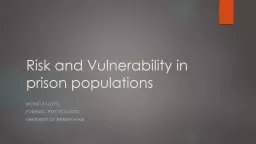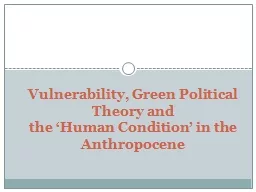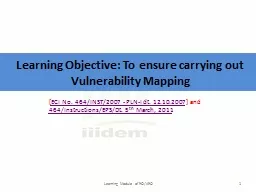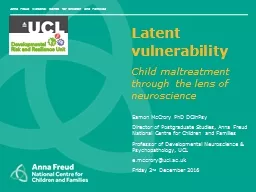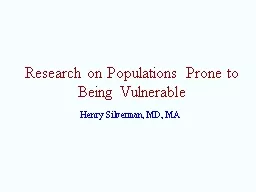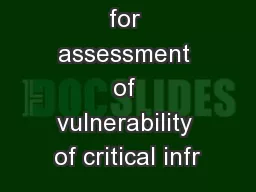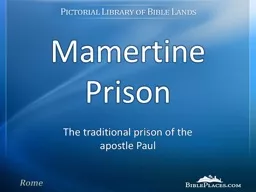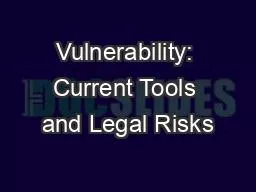PPT-Risk and Vulnerability in prison populations
Author : alida-meadow | Published Date : 2017-03-23
Monica Lloyd Forensic Psychologist University of Birmingham An appreciative presentation Present some key current inspectorate findings Look at the management challenge
Presentation Embed Code
Download Presentation
Download Presentation The PPT/PDF document "Risk and Vulnerability in prison populat..." is the property of its rightful owner. Permission is granted to download and print the materials on this website for personal, non-commercial use only, and to display it on your personal computer provided you do not modify the materials and that you retain all copyright notices contained in the materials. By downloading content from our website, you accept the terms of this agreement.
Risk and Vulnerability in prison populations: Transcript
Download Rules Of Document
"Risk and Vulnerability in prison populations"The content belongs to its owner. You may download and print it for personal use, without modification, and keep all copyright notices. By downloading, you agree to these terms.
Related Documents

